Tula is a neat new microphone for online content creators
Small in size, succinctly designed and simple to use, the Tula mic is a sound investment, whether you are recording music or words, or just boosting the quality of your Zoom calls
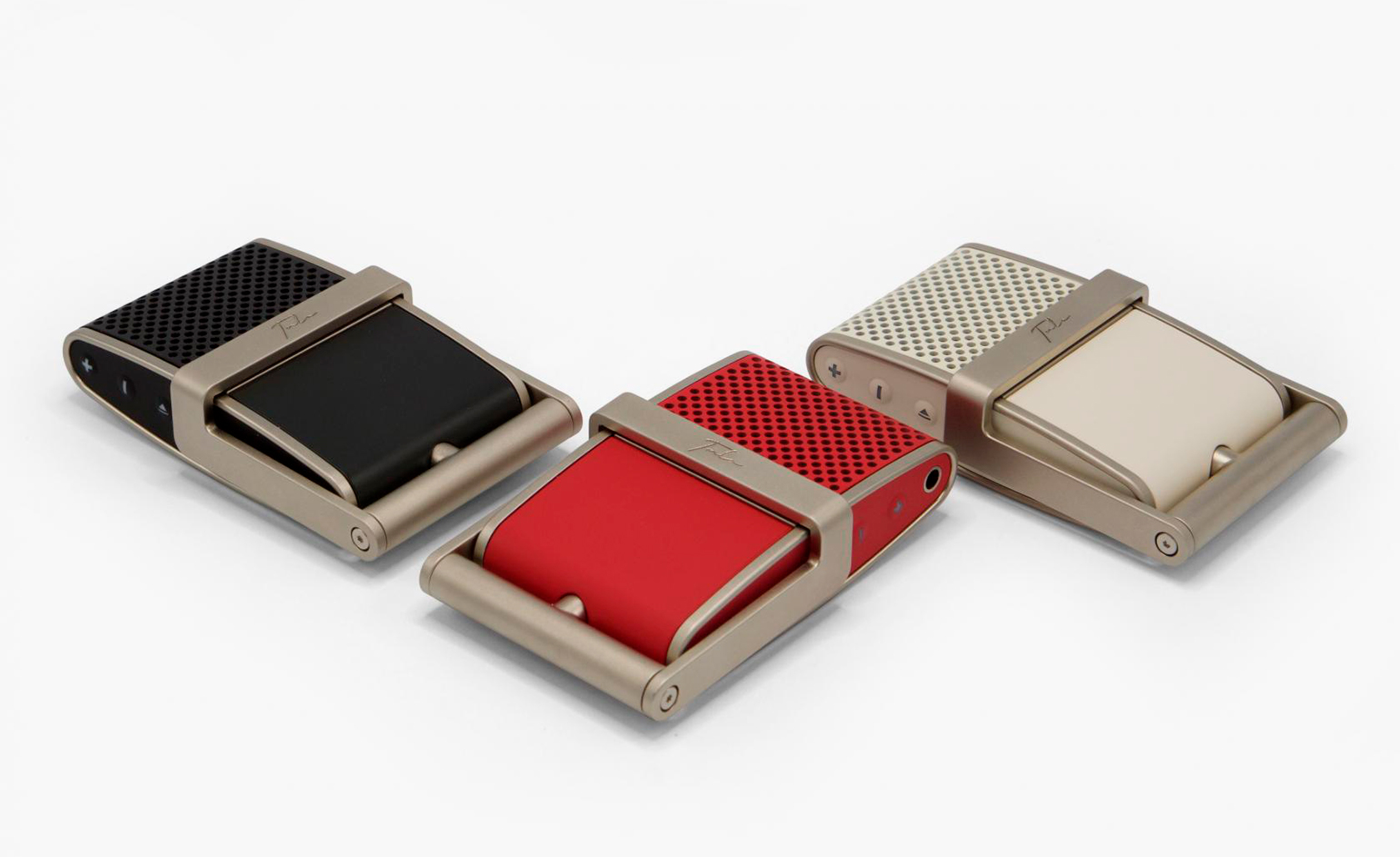
It’s refreshing to come across technology that eschews complexity in both form and function. The newly launched Tula microphone is pitched at the current generation of content creators, whether they’re musicians, podcasters or writers, a simple, meticulously designed object that excels at a very focused task: recording sound. Tula was set up by the American musician and tech entrepreneur David Brown last year. Brown, now based in Barcelona, is a touring and recording musician, as well as the co-founder of Soyuz Microphones, a boutique firm specialising in high-end recording gear, hand-built in Russia.
Tula is pitched at a different kind of consumer, using the simplicity of a USB connection with no loss of high fidelity. ‘I went into Best Buy in the US to check out their USB mics,’ Brown recalls. ‘I knew that I could make something that looked better and sounded better as well.’
Brown and his team found a way of optimising a noise-reduction algorithm from the Swedish company Klevgrand into the firmware of the Tula. ‘We’re the only mic with this system,’ he says, pointing out that ultra-compact device has a big fidelity advantage over its competitors.
That’s not all, because the Tula also looks and feels superb. Brown’s design philosophy is strongly influenced by Dieter Rams. ‘I’m a huge fan of his aesthetic, as well as his maxim that you should build things to last. I also like design from the 1950s and 1960s – things were more human.’ The way the Tula fits in your hand is no accident. ‘I couldn’t get dimensions quite right until I started using the golden ratio,’ he says. ‘It fits the human hand perfectly.’ Coincidentally, Brown believes that another very familiar form took a similar approach – the cigarette packet.
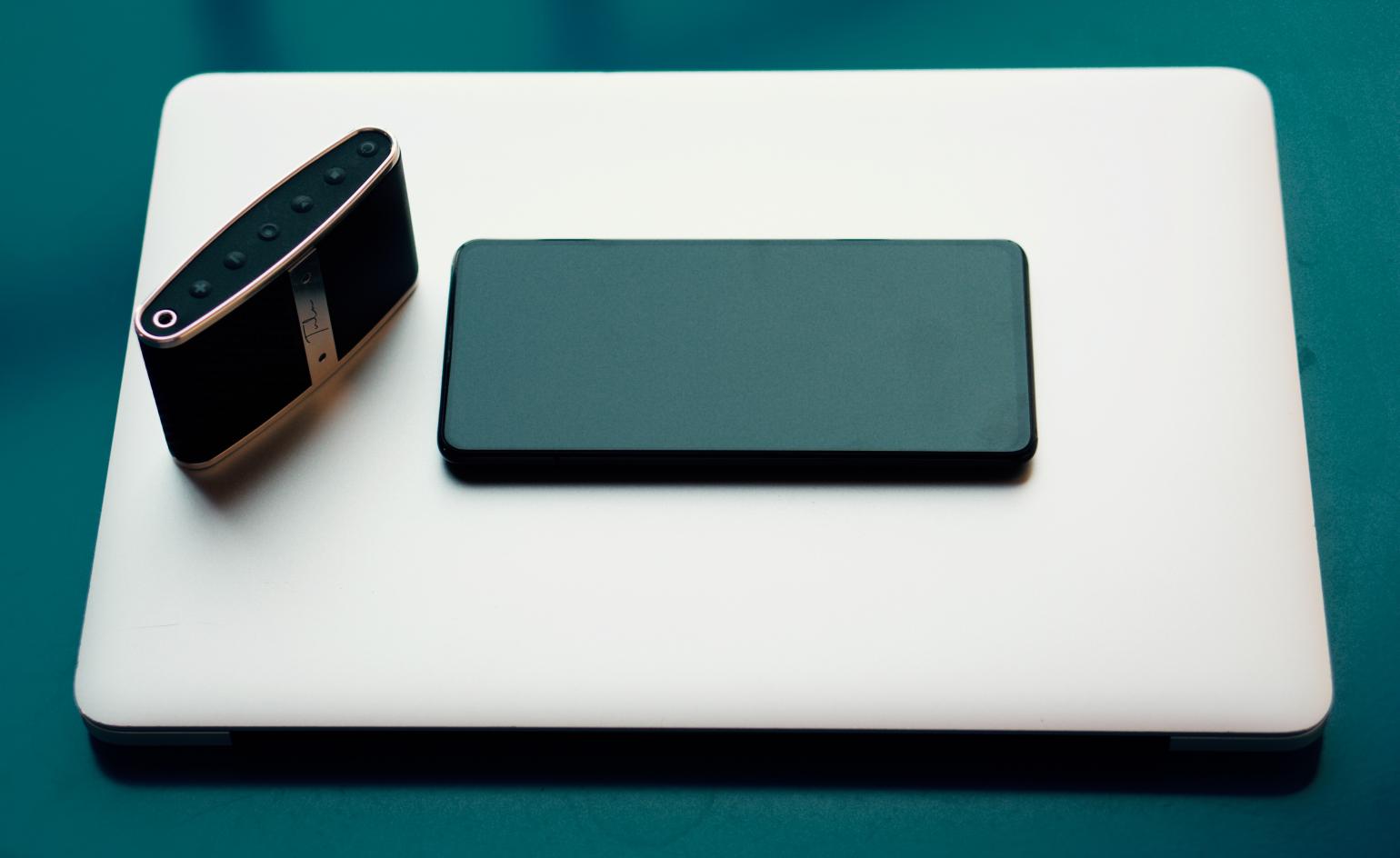
Brown believes strongly in excelling in a particular niche. ‘There’s no point in developing a product that already exists,’ he muses ‘For example, Soyuz has never competed with a class-leading dynamic microphone like the Shure SM57. Whoever does it best, let them do it.’
The Tula is screwed and snapped together, and uses high quality metals. The simple folding metal stand can be removed and replaced with a stand mount, and the headphone jack doubles as an input for a lavalier (hands-free) mic. There’s no dedicated app to download – you just plug it in via USB-C and go. ‘That approach appealed to Klevgrand as well – embedding their software in our hardware means the mic can be used across all platforms,’ he says.
Although musicians were his initial target market, Brown has seen audio creativity explode under lockdown. ‘I kept meeting people who wanted to start a podcast, for example,’ he says. ‘This device is about helping them.’ Even that mainstay of pandemic life, the Zoom call, is vastly enhanced by using the little $199 Tula’s advanced circuitry instead of your laptop’s inbuilt mic. Whether at your desk or out in the field, the Tula is a fine accompanist.
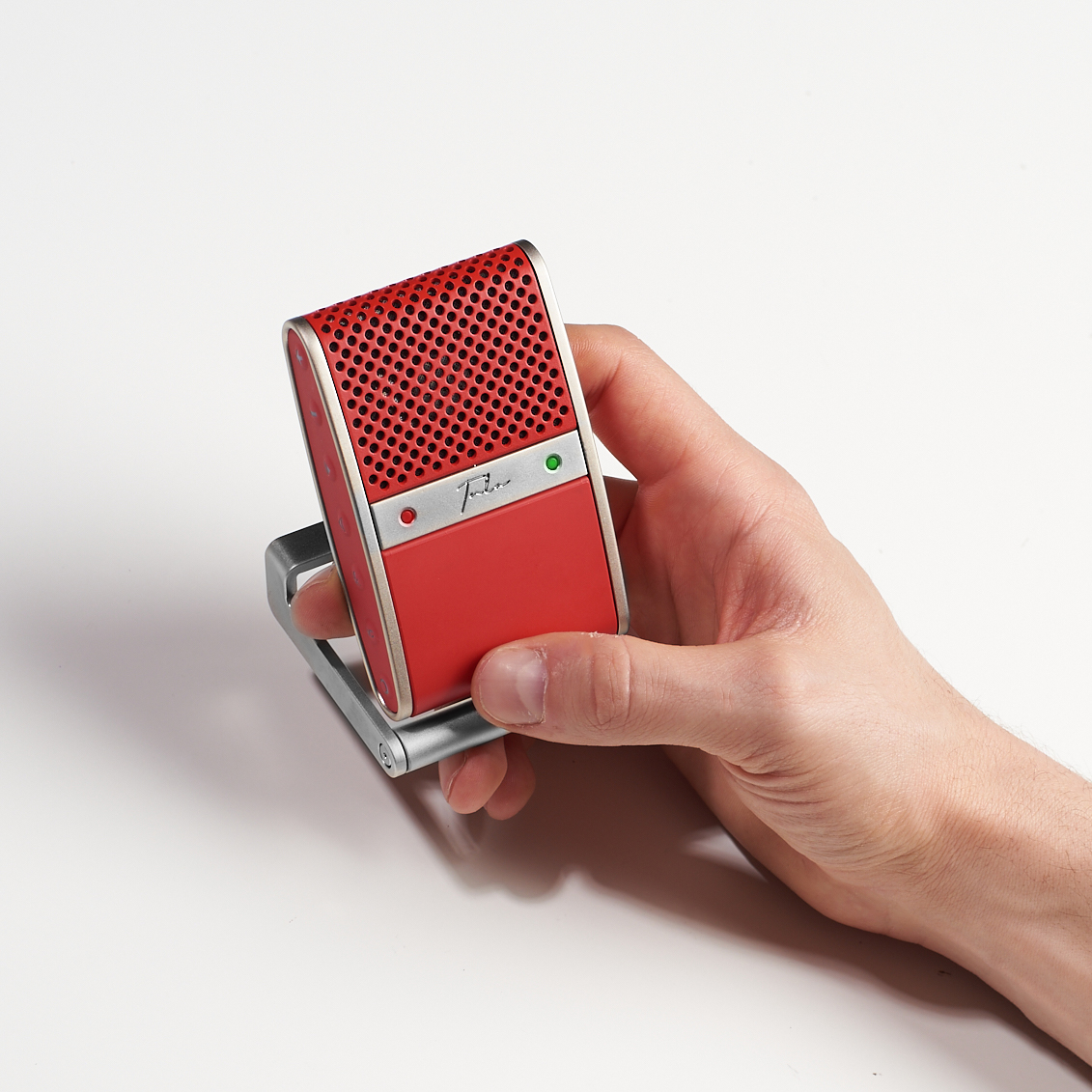
INFORMATION
Wallpaper* Newsletter
Receive our daily digest of inspiration, escapism and design stories from around the world direct to your inbox.
Jonathan Bell has written for Wallpaper* magazine since 1999, covering everything from architecture and transport design to books, tech and graphic design. He is now the magazine’s Transport and Technology Editor. Jonathan has written and edited 15 books, including Concept Car Design, 21st Century House, and The New Modern House. He is also the host of Wallpaper’s first podcast.
-
 Sotheby’s is auctioning a rare Frank Lloyd Wright lamp – and it could fetch $5 million
Sotheby’s is auctioning a rare Frank Lloyd Wright lamp – and it could fetch $5 millionThe architect's ‘Double-Pedestal’ lamp, which was designed for the Dana House in 1903, is hitting the auction block 13 May at Sotheby's.
By Anna Solomon
-
 Naoto Fukasawa sparks children’s imaginations with play sculptures
Naoto Fukasawa sparks children’s imaginations with play sculpturesThe Japanese designer creates an intuitive series of bold play sculptures, designed to spark children’s desire to play without thinking
By Danielle Demetriou
-
 Japan in Milan! See the highlights of Japanese design at Milan Design Week 2025
Japan in Milan! See the highlights of Japanese design at Milan Design Week 2025At Milan Design Week 2025 Japanese craftsmanship was a front runner with an array of projects in the spotlight. Here are some of our highlights
By Danielle Demetriou
-
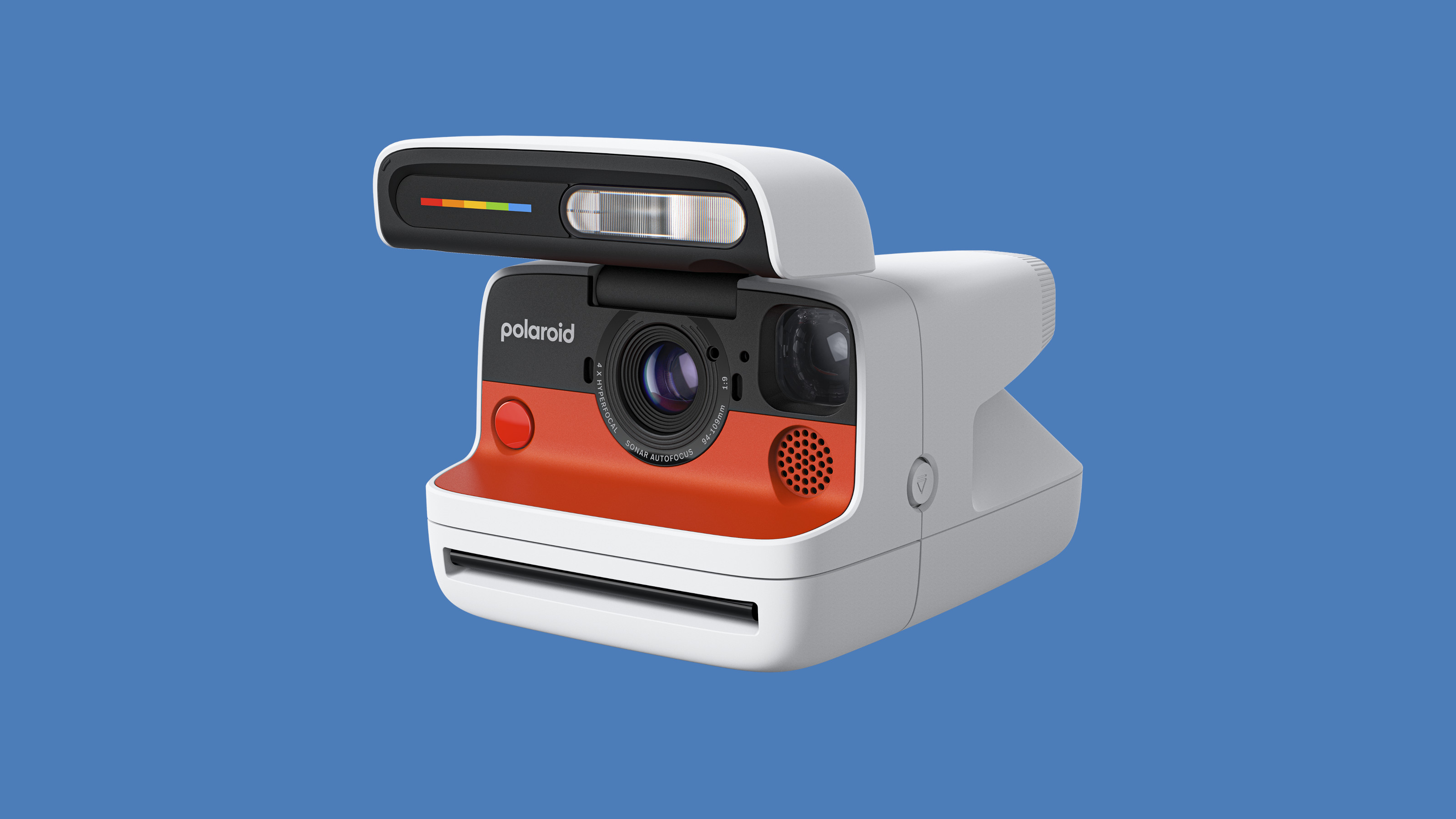 The new Polaroid Flip unfolds to bring you pin-sharp instant photography
The new Polaroid Flip unfolds to bring you pin-sharp instant photographyPolaroid announces the Flip, an instant camera that blends its evergreen film technology with better results and more control
By Jonathan Bell
-
 Could putting pen to reMarkable’s Paper Pro tablet make you more creative and less stressed?
Could putting pen to reMarkable’s Paper Pro tablet make you more creative and less stressed?Design Museum director Tim Marlow extols the power of ‘scribbling’, and is backed up by new research from reMarkable on the benefits of its paper tablet
By Simon Mills
-
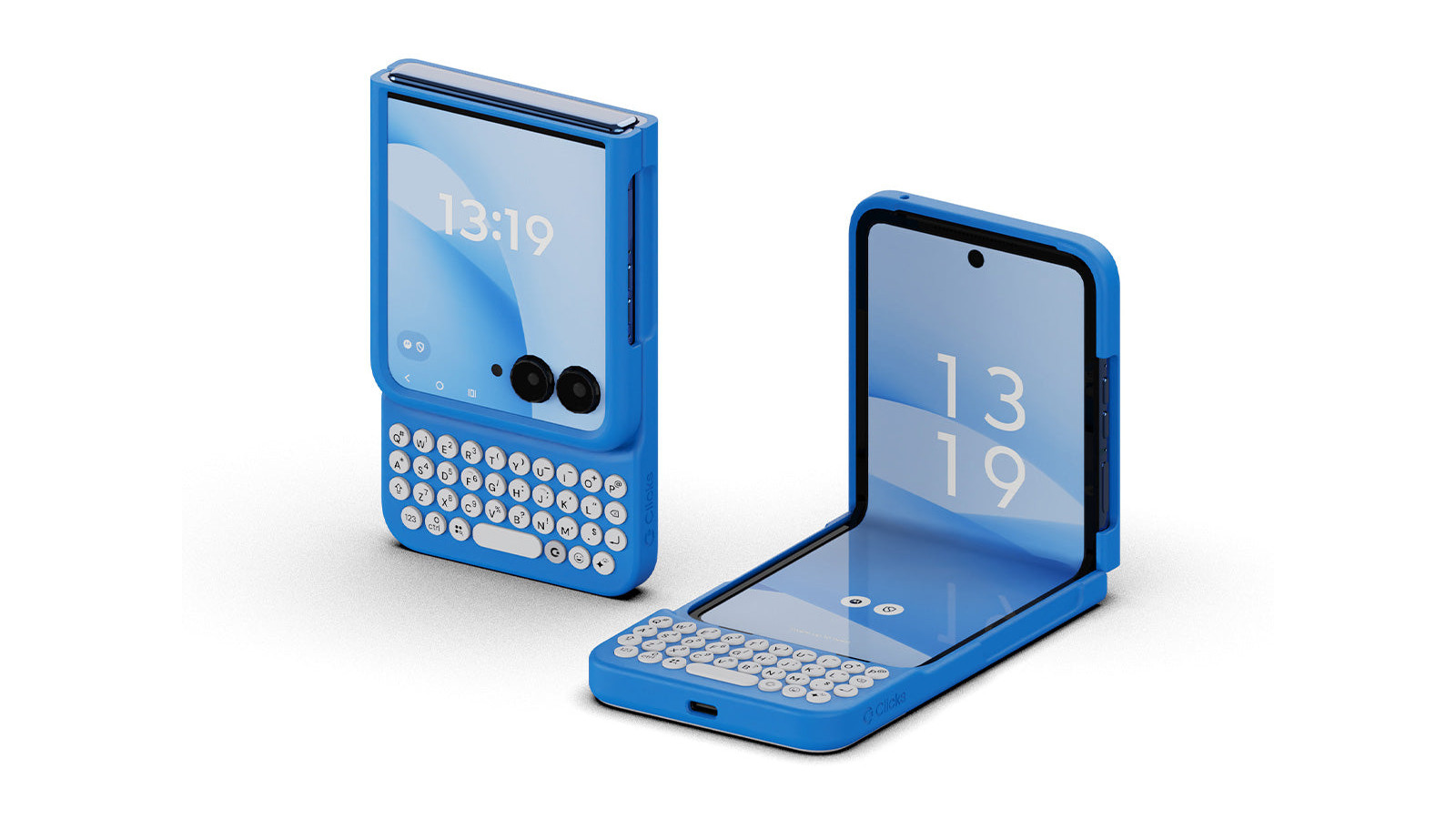 Clicks creates keyboard cases for iPhones – now they're also available for three Android flagships
Clicks creates keyboard cases for iPhones – now they're also available for three Android flagshipsSmartphones get a new lease of life with Clicks, which brings a Blackberry-style keyboard to today’s cutting-edge Apple and Android devices
By Jonathan Bell
-
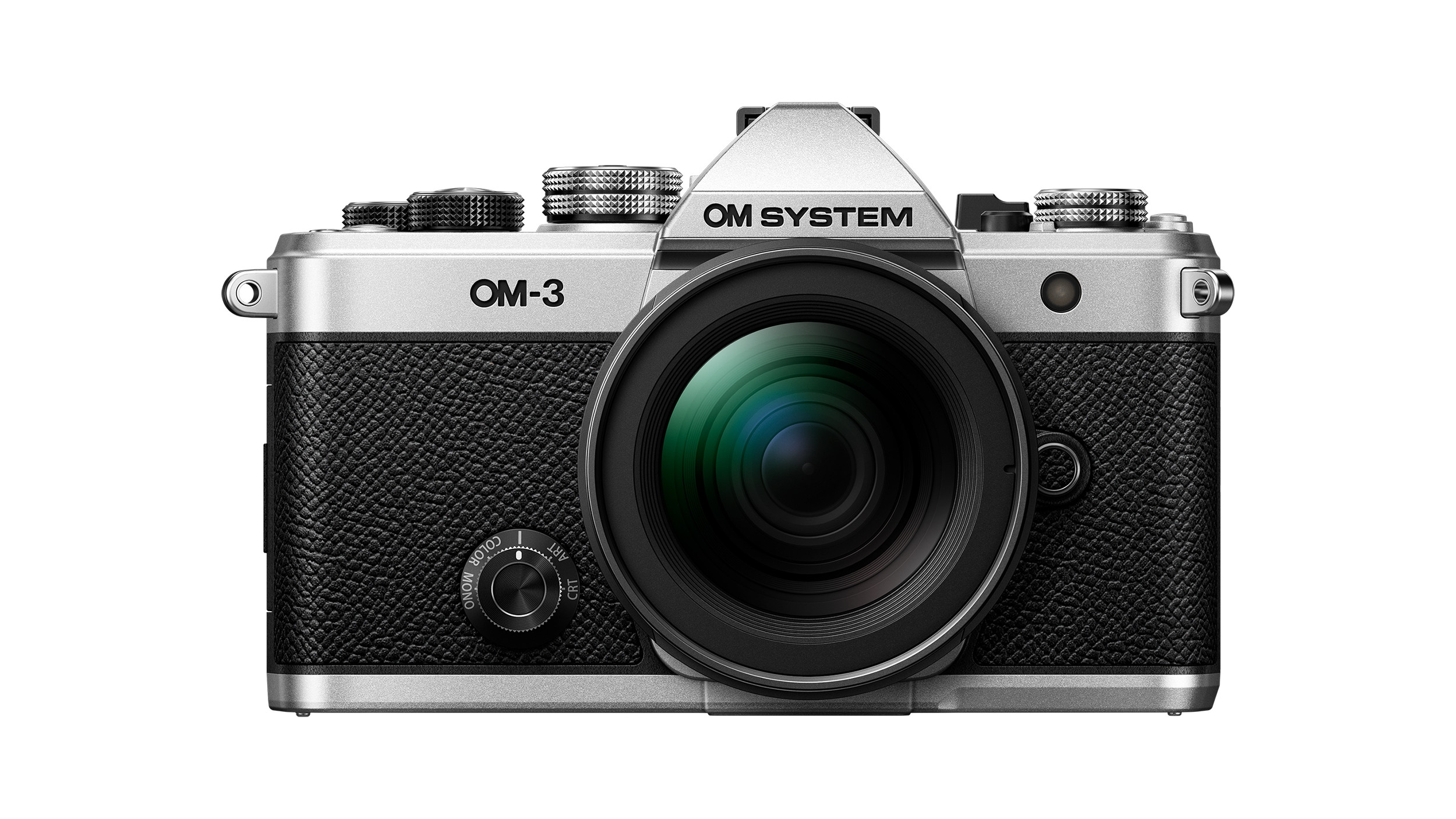 The OM System OM-3 camera blends heritage design with cutting-edge technology
The OM System OM-3 camera blends heritage design with cutting-edge technologyThe OM-3 from OM System is the newest must-have mirrorless camera design, classically styled and comprehensively equipped to create the ultimate contemporary digital camera
By Jonathan Bell
-
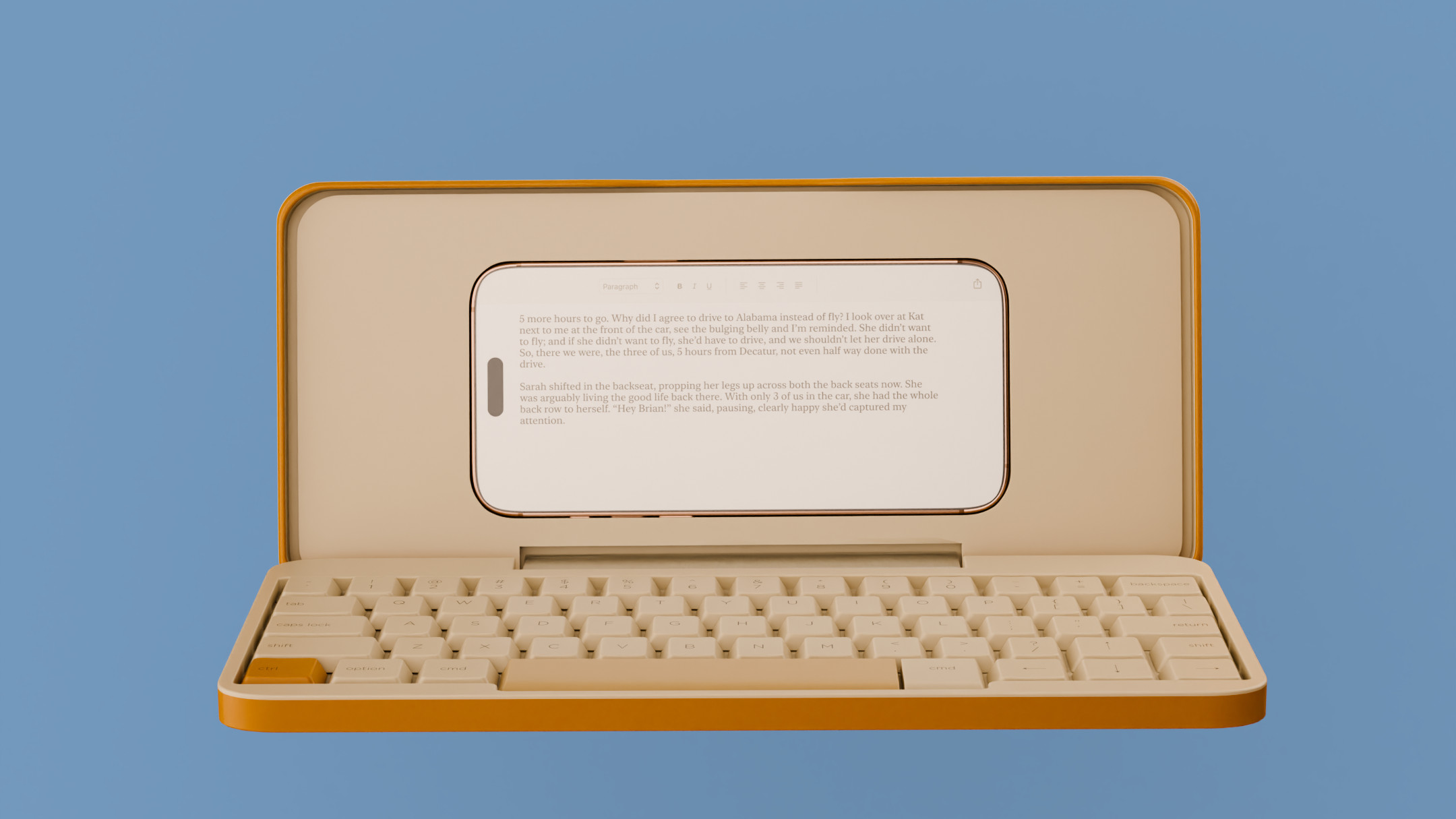 Type without the tyranny of distractions: eight new ways to get the words out
Type without the tyranny of distractions: eight new ways to get the words outLooking for a way to divert you from doom-scrolling? This selection of eight distraction-free typing devices will keep you offline and away from the socials to help you meet that deadline
By Jonathan Bell
-
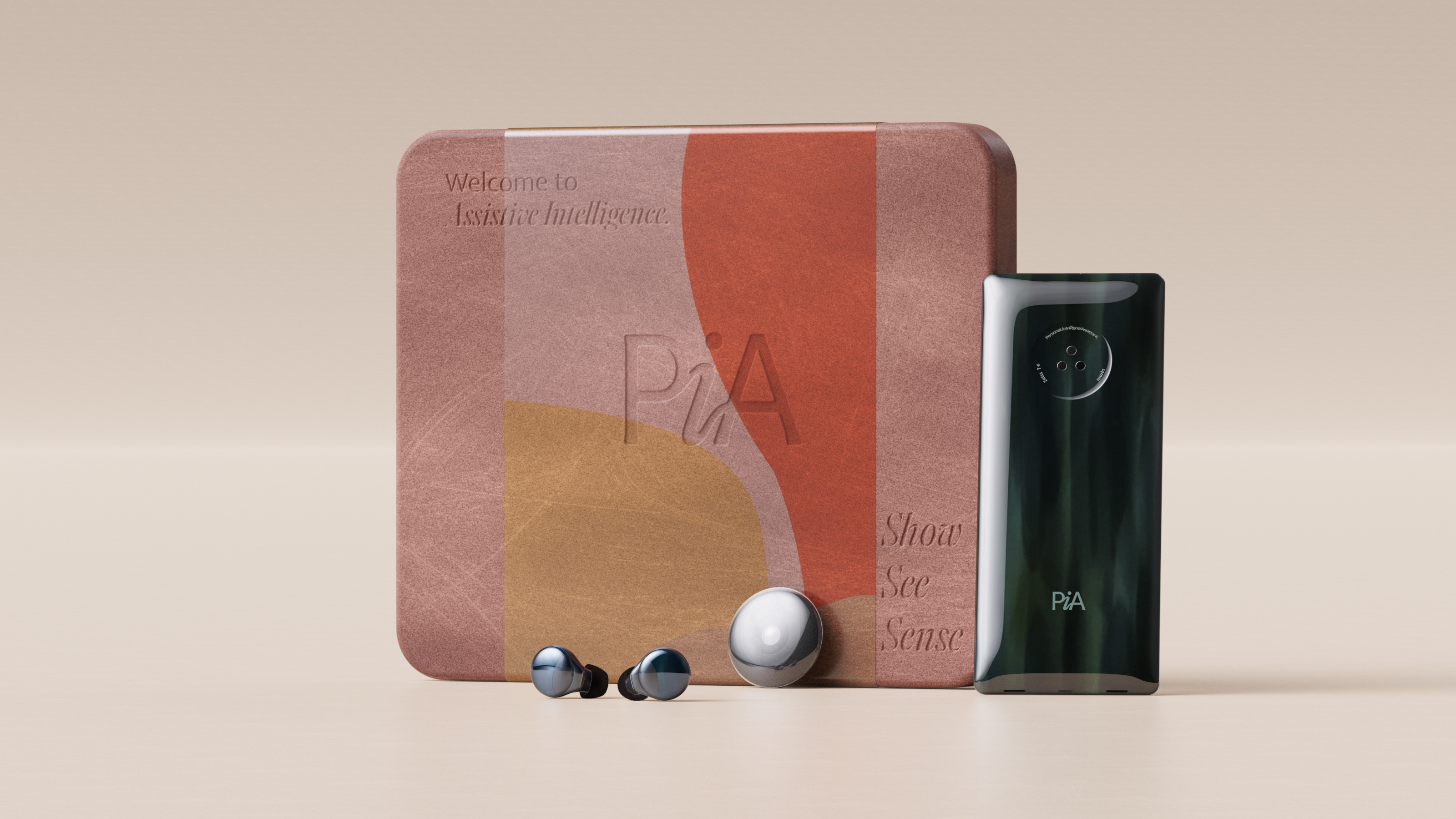 Layer conceptualises a next-gen AI-powered device: introducing the PiA
Layer conceptualises a next-gen AI-powered device: introducing the PiAPiA, the Personal Intelligent Assistant, is a conceptual vision of how AI might evolve to dovetail with familiar devices and form factors
By Jonathan Bell
-
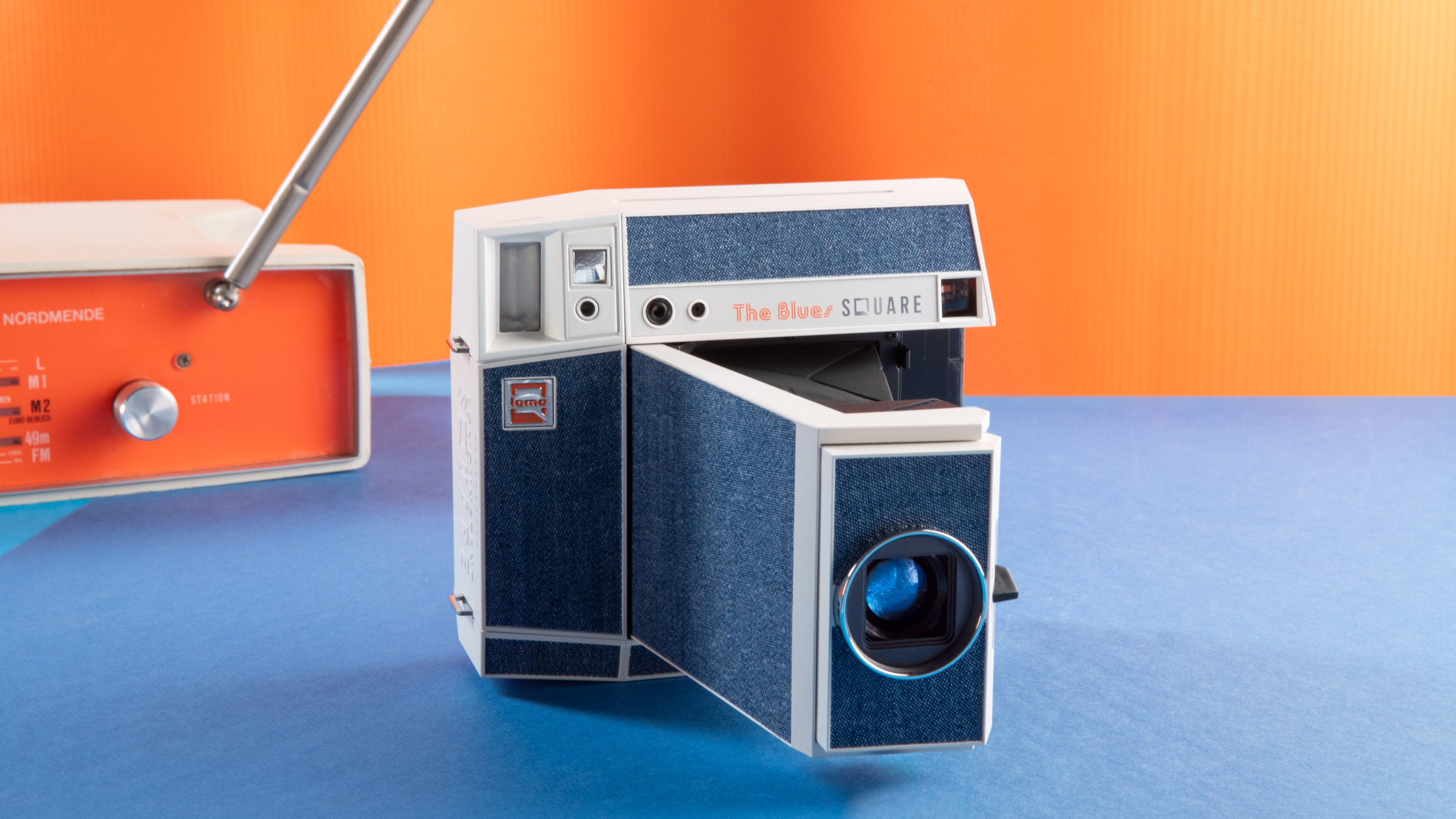 Point, shoot and process with Lomography’s two new colourful Instax camera editions
Point, shoot and process with Lomography’s two new colourful Instax camera editionsWith the Pemberley and The Blues editions, the Lomo’Instant Square Glass camera provides stylish and pocketable analogue photography
By Jonathan Bell
-
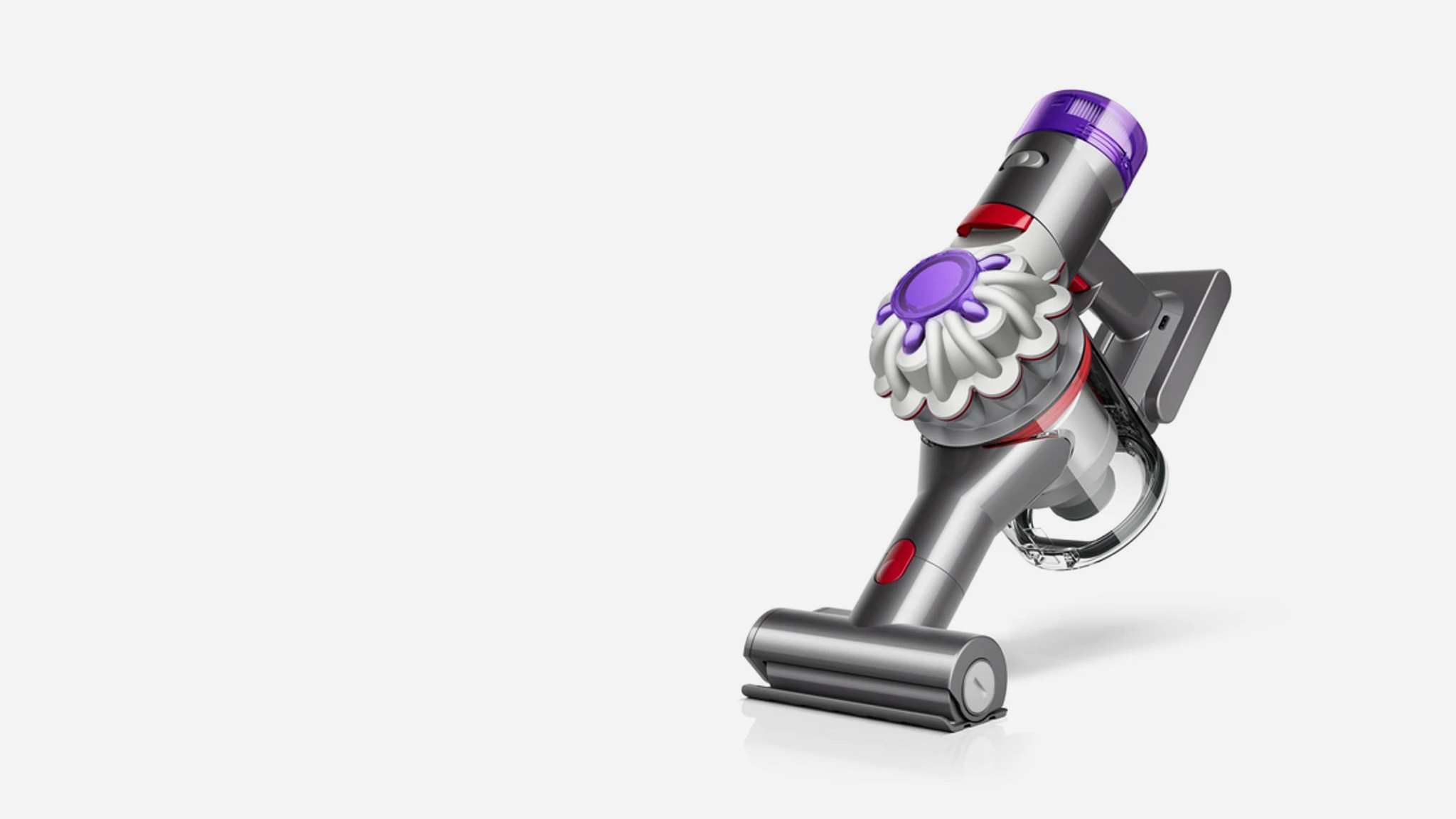 We put the new ultra-compact Dyson Car+Boat handheld vacuum through its paces
We put the new ultra-compact Dyson Car+Boat handheld vacuum through its pacesA cordless handheld vacuum pitched at a plethora of tasks, Dyson has tasked the new Car+Boat with far-reaching functionality without compromising performance
By Jonathan Bell